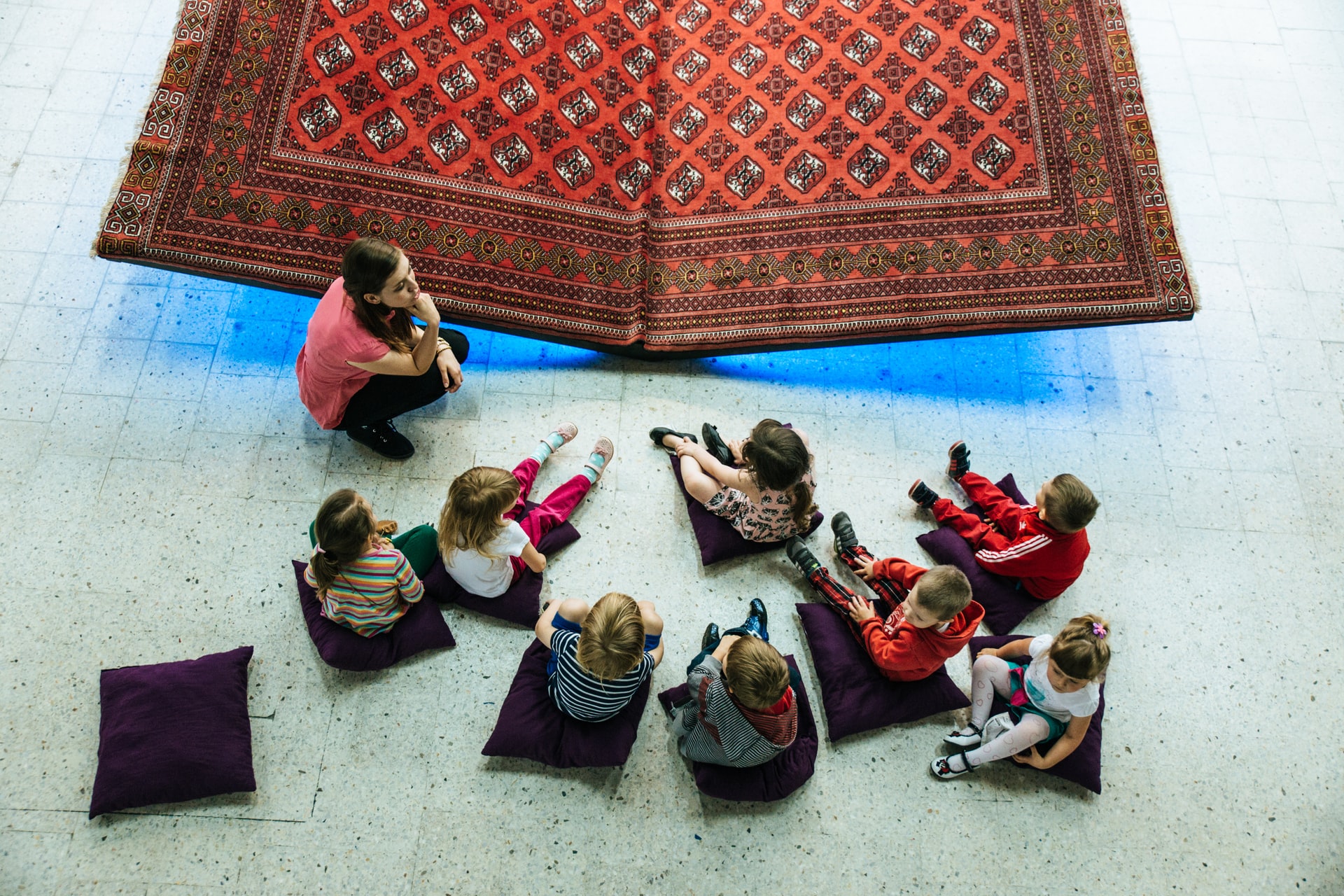Are you looking for strategies to teach students to behave themselves in small groups? If so, keep reading.
1. Do not force the student to participate in group situations.
2. Select a peer, paraprofessional, friend, etc., to sit/work directly with the student (e.g., in various settings such as art, music, or P.E. or in various learning activities such as tutoring, group projects, running errands in the school building, recess, etc.).
3. Reward or urge other students for participation in group situations.
4. Give the student responsibility for helping a peer in group situations.
5. Give the student duties in group situations so others might view the student positively.
6. Ask the student a question when they are most likely to be able to respond successfully (e.g., when discussing a topic in which the student is interested, when the teacher is sure the student knows the answer, etc.).
7. Attempt several groupings to ascertain the situation in which the student is most comfortable.
8. Get peers to invite the student to take part in school or extracurricular learning activities.
9. Get the student to lead a cooperative learning experience when they possess mastery or an interest in the learning experience.
10. Let the student be present during group learning activities without requiring active participation. Require more involvement over time as the student becomes more active in group situations.
11. Minimize the emphasis on competition. Fear of failure may cause the student to be reluctant to take part in group situations.
12. Get the student to work with one or two other group members. As the student becomes more comfortable, slowly increase the size of the group.
13. Show respect for the student’s opinions, responses, suggestions, etc.
14. Give the student the chance to pick a topic or learning experience for the group to work on together.
15. Give the student the chance to select a cooperative learning experience and the group members (e.g., along with the teacher, decide what the learning experience will be and decide what individual group members will do, etc.).
16. Consider using a classroom management app. Click here to view a list of apps that we recommend.
17. Consider using an adaptive behavior management app. Click here to view a list of apps that we recommend.
18. Consider using Alexa to help the student learn to behave appropriately. Click here to read an article that we wrote on the subject.
19. Click here to learn about six bonus strategies for challenging problem behaviors and mastering classroom management.





